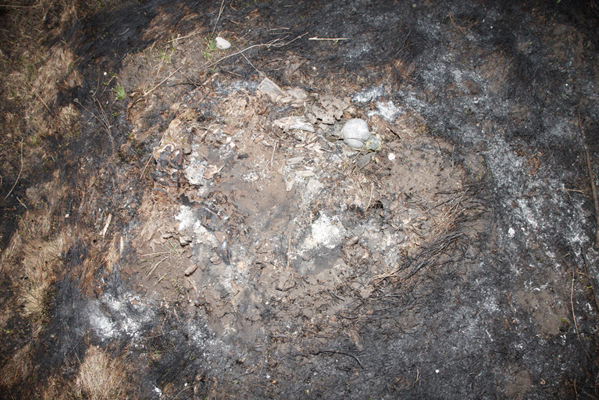Transylvania easily dispels the myth of the Victorian Gothic pot boiler but whilst large stretches have been stripped of any charm by the post revolutionary zeal to develop into a modern state, there are isolated pockets, lost in time, where peasants eke out a subsistence living, romantically portrayed as 'low carbon' and ‘moneyless’ rather than poor, by the tourist brochures and travel writers.
Romania has had its fair share of pogrom both under the Nazis and then the Russians, (in Transylvania 8000 villages were completely destroyed by the Ceaucescu regime), they are considered by the outside world and themselves to be the ‘poor man of Europe.’ It is hard to reconstruct a national identity when it seems no-one cares who you are or what you think.
Around the motorway ‘non stops’ there is uneducated superstition. I refused a gypsy begging by the roadside; a curse feels palpable and personal here just 3 hours away from the secular security of London. They mumble something Hungarian under their breath at you whilst maintaining eye contact and smiling.
As the sun went down, we raced along dirt tracks, dogs chasing and barking at the windows, towards a small village in the heart of Transylvania to dine with a Count, Count Kalnoky and his wife Anna. The Count had a priviedged upbringing in Munich and avoided the Ceauescu regime and was distant and socially awkward but Anna had lived through these terrible times and whilst much more socially engaging, still hid her emotions behind an expressionless gaze. At one point, she stood in the corner, facing into the wall for too long to illustrate her harsh treatment as a child. The butler shared with me "the local peasants think she is a witch".
I threw pálinka into the fire place, the alcohol creating huge flames adding to the melodrama but I drank too much and mixed with my medication, I later lay awake in my room alone, avoiding the whisper of spirits in my ears until dawn appeared through my shutters.
I threw pálinka into the fire place, the alcohol creating huge flames adding to the melodrama but I drank too much and mixed with my medication, I later lay awake in my room alone, avoiding the whisper of spirits in my ears until dawn appeared through my shutters.
When I returned to London a large black fly flew out of my ear.
 |
| Burnt Ground, Transylvania © Richard Ansett 2011 |
 |
| Girls by the Roadside, Transylvania © Richard Ansett 2011 |










